1. Glass-Walled Sunrooms
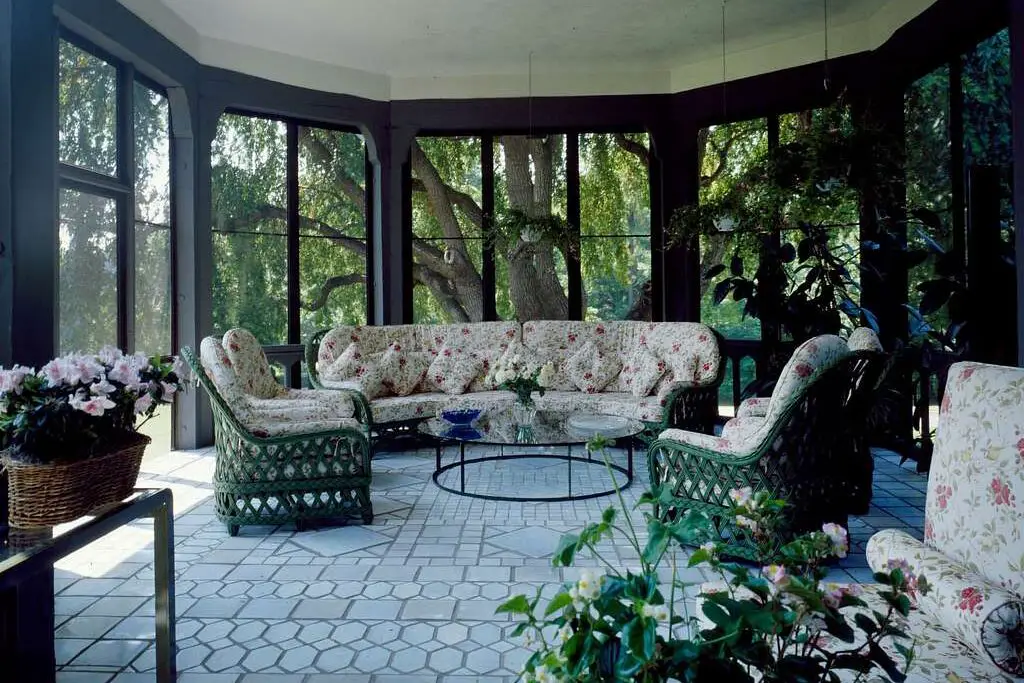
Sunrooms with floor-to-ceiling glass look like something straight out of a sci-fi movie. They give your suburban home a sleek, modern vibe and flood the space with light. But in reality, these rooms turn into ovens during summer and iceboxes in winter. Most homeowners end up relying on costly HVAC systems just to keep them tolerable.
Beyond temperature issues, privacy is another nightmare. Neighbors can practically see your breakfast from the sidewalk. Cleaning is a full-time job too—smudges, streaks, and pollen build up constantly. For all the futuristic charm, living in a glass box is more exhausting than glamorous.
2. Floating Staircases
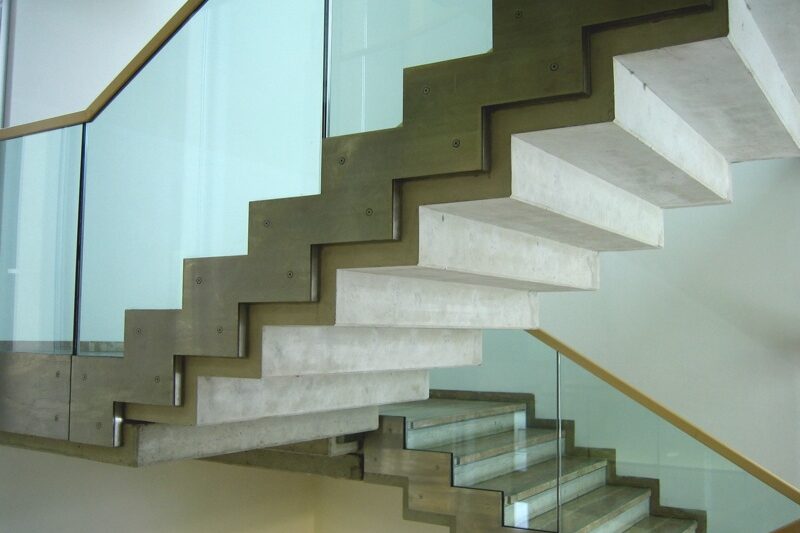
Floating staircases look like levitating art installations and add a dramatic touch to any entryway. They give the illusion of open space, which is perfect for modern design enthusiasts. The problem? They’re noisy, require constant maintenance, and feel scary for anyone with balance issues. Kids and pets often end up avoiding them entirely.
Safety concerns are the main dealbreaker. Even with railings, these stairs don’t feel secure, and accidents happen more than you’d expect. Dust accumulates underneath every step, making them high-maintenance. What starts as an Instagram-worthy feature quickly becomes a stress point for everyday living.
3. Rooftop Decks
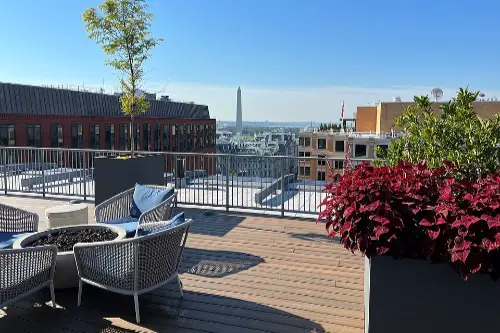
Rooftop decks make your house feel like it belongs in a futuristic cityscape. They promise sunsets, cocktails, and a view of the stars without leaving home. Reality is more brutal: wind, extreme temperatures, and noise can make these spaces practically unusable. They also require a ton of structural reinforcement to be safe.
Waterproofing issues are another headache. Leaks can damage your ceilings, walls, and even your foundation over time. Furniture needs to be heavy-duty and weatherproof, or it won’t survive. So much for your “outdoor oasis” dream—it ends up as an expensive eyesore.
4. Indoor Waterfalls
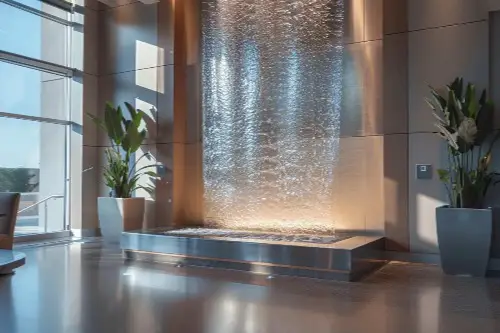
An indoor waterfall screams futuristic luxury and is mesmerizing to look at. It promises tranquility, ambient noise, and a little piece of nature inside your home. Unfortunately, the maintenance is relentless. Pumps fail, algae grows, and humidity can wreck wood, drywall, and electronics nearby.
The sound that’s meant to be relaxing quickly becomes a constant droning. Condensation leads to mold in unexpected corners. Energy costs skyrocket because pumps and lighting run 24/7. What looked like a futuristic statement turns into a daily frustration.
5. Smart Glass Windows

Smart glass windows change from clear to opaque with the flick of a switch, giving your home a high-tech edge. It’s convenient and visually stunning when it works. But the cost is astronomical, both to install and repair. Often, homeowners discover glitches that leave them stuck with permanently foggy or clear panels.
The energy savings aren’t always worth it either. The technology can fail in extreme temperatures, defeating the point of temperature control. Replacement parts are expensive and not always available locally. What sounded like a seamless futuristic upgrade can become an expensive headache.
6. Modular Cube Additions
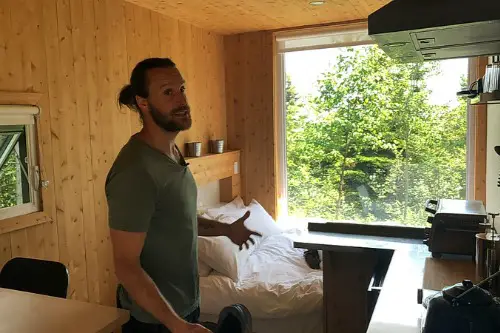
Stacked, cube-like modular additions make your home look like a spaceship landed in suburbia. They promise customizable space and a modern aesthetic. In reality, the interior often feels cramped, awkward, and boxy. The layout challenges make furniture placement nearly impossible.
Insulation and weatherproofing are frequently afterthoughts in these designs. You may end up with cold walls in winter and overheated rooms in summer. Sound travels weirdly, making privacy difficult. The “cool cube” vibe is more of a visual gimmick than functional living space.
7. Curved, Glass-Roofed Atriums
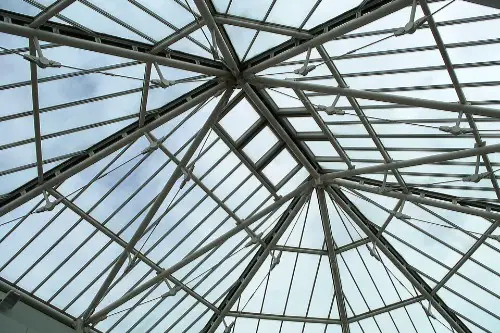
Atriums with curved glass ceilings give a home a futuristic, open-air feel indoors. They’re visually stunning and create an airy, museum-like quality. Sadly, they’re terrible at regulating temperature. Summers feel like a greenhouse, while winters become icy and drafty.
Cleaning is another nightmare, often requiring ladders or professional services. Condensation can drip unexpectedly, ruining floors and furniture. The supposed “wow factor” of natural light quickly turns into constant maintenance. Living under a glass dome is more stressful than serene.
8. Pod-Like Guest Houses
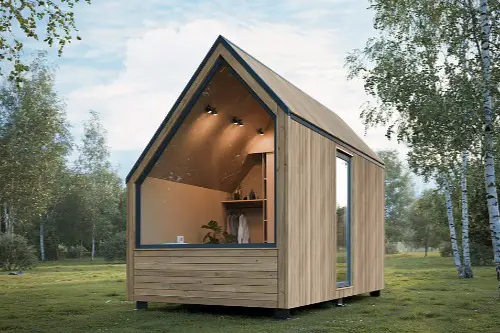
Futuristic pod-shaped guest houses in the backyard promise high design in a compact footprint. They’re perfect for Airbnb dreams or private retreats. The catch is, they often have poor insulation and cramped interiors. Utilities like plumbing and electricity become a maze of DIY headaches.
Privacy isn’t always guaranteed either. Thin walls amplify every sound, turning a quiet getaway into an echo chamber. They may look like sci-fi capsules, but they rarely feel cozy. For all the aesthetic appeal, guests often leave early or never return.
9. Minimalist Concrete Extensions
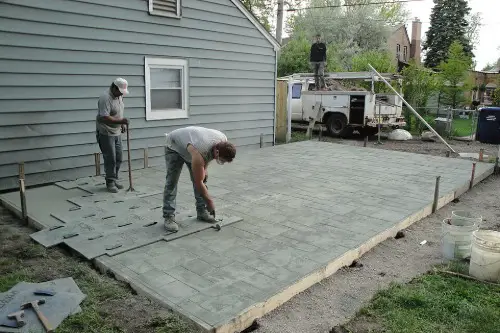
Sleek, concrete extensions scream modernity and durability. They feel industrial, bold, and futuristic. Unfortunately, concrete has a cold, uninviting feel inside. Heating them is expensive, and they tend to echo with every footstep.
Maintenance is tough too—cracks appear over time, staining is common, and repairs are costly. Adding furniture without breaking the aesthetic is a struggle. Concrete is visually striking but often impractical for everyday comfort.
10. Sky Bridges
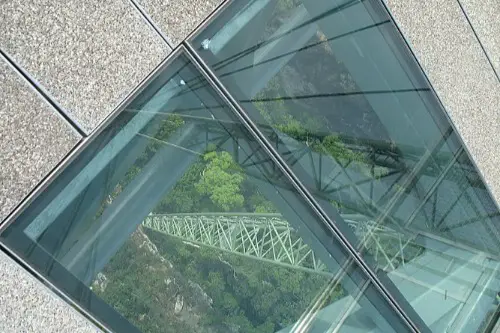
Connecting two sections of a house with a glass sky bridge looks like something out of a futuristic sci-fi film. It gives the illusion of floating while maximizing natural light. The downside? Sky bridges are expensive, drafty, and can leak. They also feel precarious for anyone afraid of heights.
Cleaning both the interior and exterior is another pain point. Noise travels through the bridge like an echo chamber. Safety codes may require extra reinforcements, adding to cost. For a high-tech look, you pay a steep price in stress and upkeep.
11. Futuristic Greenhouses
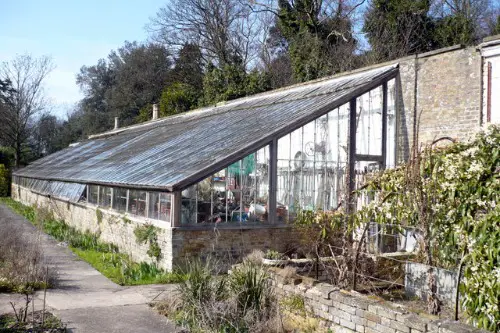
Integrated greenhouses with sleek panels are a dream for plant lovers. They bring futuristic vibes and promise year-round gardening. Reality often includes overheating, pests, and unpredictable humidity. Plants either thrive too much or struggle to survive.
Heating and cooling costs can spiral out of control. Condensation leads to mold, and the glass panels need frequent washing. It’s far less a serene Eden than a full-time responsibility. What looks like a cutting-edge feature can feel like a full-time job.
12. Geodesic Dome Additions
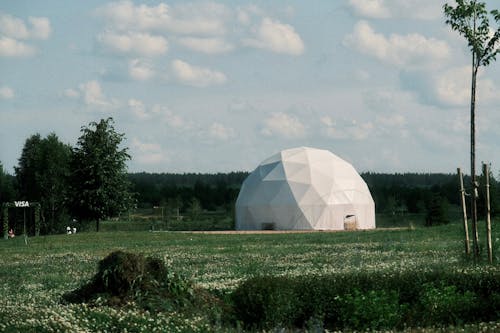
Geodesic domes make your home feel like a futuristic eco-experiment. They’re striking, energy-efficient in theory, and structurally unique. In practice, interiors are oddly shaped, making furniture and storage tricky. The acoustics can amplify every noise.
Ventilation is often a headache, leaving some areas hot and others cold. Seams and joints are prone to leaks if not perfectly installed. Dome living looks revolutionary but can be frustrating day-to-day. The charm of geometry comes at the expense of comfort.
13. Floating Deck Pools
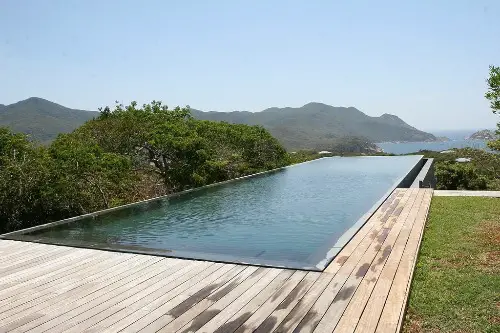
Pools that appear to float above the ground give a backyard a futuristic, luxurious look. They’re meant to feel like a zero-gravity experience. Maintenance, however, is expensive, and structural concerns are significant. Water leaks can cause major damage below.
Safety is another issue—edges can be slick and intimidating. Covering or heating these pools adds another layer of cost. The wow factor rarely justifies the hassle. They end up more like a stressful statement piece than a relaxing retreat.
14. LED-Filled Walkways
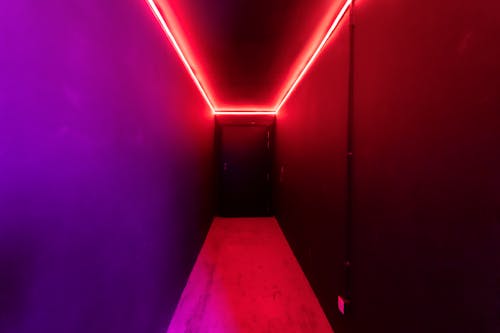
Walkways lined with embedded LED lights scream futuristic tech and make a statement at night. They’re great for parties and curb appeal. But during the day, they look oddly out of place, and the lights often fail prematurely. Dirt, debris, and weather take a huge toll on their lifespan.
Repairing them can be pricey and complicated since the lights are embedded in concrete or stone. Wiring issues can become a persistent headache. Slips and trips are also more likely on wet LED surfaces. For a futuristic vibe, you sacrifice both reliability and practicality.
This post 14 Suburban Additions That Look Futuristic but Live Awful was first published on Greenhouse Black.
